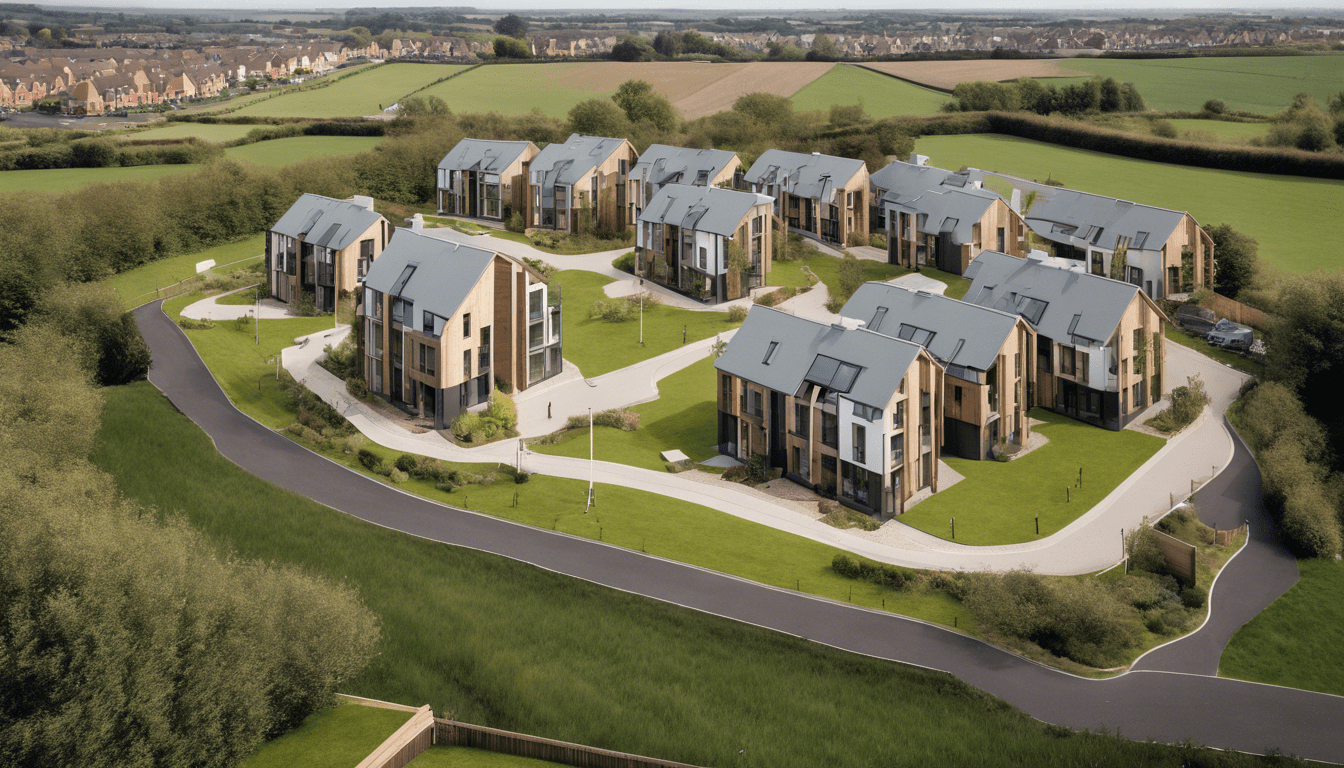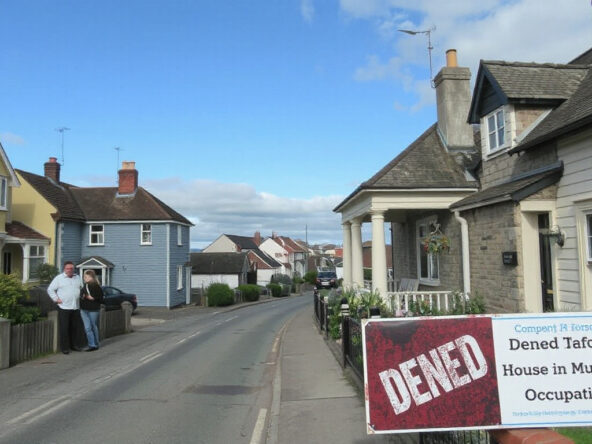In a significant but contentious decision, Somerset Council has approved a new 30-bed House in Multiple Occupation (HMO) on Friarn Street in Bridgwater. This development, despite local opposition related to flooding and parking concerns, underscores the ongoing struggle to balance urgent housing needs with the existing infrastructure capabilities of the town. The approval has ignited a debate among local officials concerning the potential risks associated with the site, particularly in light of its proximity to the vulnerable Durleigh Brook.
Key Takeaways
- The Somerset Council has approved a 30-bed HMO in Bridgwater despite local opposition regarding flooding and parking issues.
- Councillors expressed concerns about the potential over-development of the area and its impact on the historic character of Bridgwater.
- Supporters argue that HMOs typically generate less parking demand, emphasizing the importance of balancing community needs with infrastructure capacity.
Local Concerns and Objections
In a significant move, Somerset Council recently approved a contentious housing development plan for a new 30-bed House in Multiple Occupation (HMO) on Friarn Street in Bridgwater, igniting local concerns from officials regarding potential flooding and parking complications. The planning committee’s decision unfolded despite vocal objections from local councillors, including Brian Smedley, leader of Bridgwater Town Council, who articulated fears over an increased risk of flooding from the nearby Durleigh Brook, along with broader worries about the potential negative impact of over-development on the town’s historic fabric (Somerset Council, 2024). Councillors raised additional points regarding the preservation of the area’s character, with Councillor Kathy Pearce emphasizing that the project could be classified as over-development for the site. In contrast, Councillor Alastair Hendry supported the proposal, suggesting that residents in HMOs typically do not own cars and that the parking situation is generally feasible due to the location’s proximity to the town centre (Bridgwater Mercury, 2024). The ensuing deliberation culminated in a decision that highlights the ongoing conflict between pressing housing demands and the limits of local infrastructure in Bridgwater, prompting further discussions on sustainable development practices in the region.
Balancing Housing Needs with Infrastructure Capacity
The approval of the HMO development at Friarn Street has raised significant concerns within Bridgwater about the town’s over-arching planning strategy. Critics argue that while the increase in housing stock is crucial to address local demand, it must not come at the expense of livability and environmental sustainability. The presence of Durleigh Brook poses a unique challenge, as local authorities grapple with balancing the need for more residences against the risk of flooding, particularly in light of climate change and increased weather volatility (Environment Agency, 2024). Furthermore, discussions about the parking implications reveal a deeper underlying issue regarding transport and mobility in the area, with residents expressing that current infrastructure cannot support an influx of additional residents, regardless of their vehicle ownership patterns (Bridgwater Journal, 2024). As developments like this proceed, ongoing dialogue among community stakeholders is essential to ensure that urban growth aligns with adequate infrastructural support and preservation of Bridgwater’s historic character.
Please ask questions via WhatsApp, email, or direct messaging.




